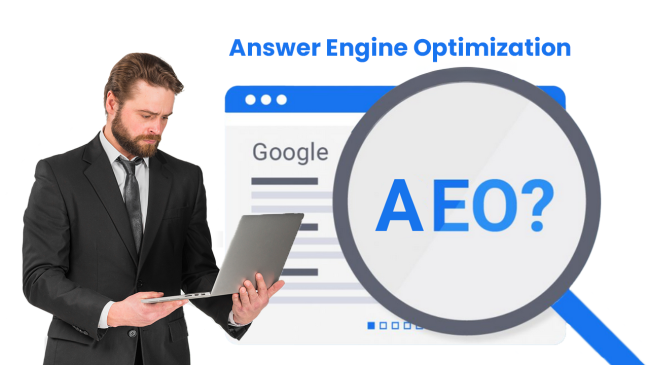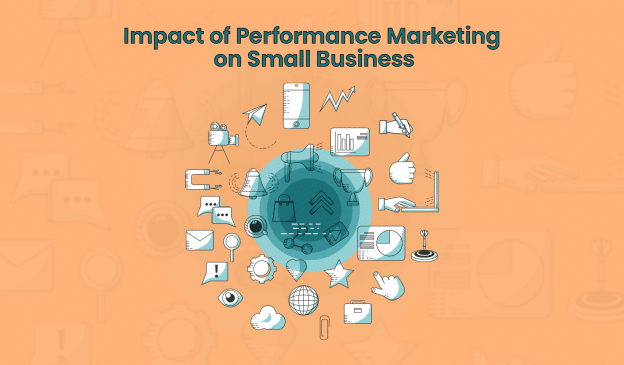
LinkedIn is usually perceived as a platform that’s aimed at connecting employees and their future employers. While this website is definitely an amazing tool if you’re looking for a job, many people, unfortunately, make the mistake of disregarding its potential to launch effective marketing strategies.
LinkedIn is, in fact, a very useful tool for B2B (business-to-business) marketing. Of course, it can generally be used for increasing brand awareness and website traffic as well, and it can easily bring you new customers. However, its biggest advantage lies in the opportunities it provides for creating professional relationships. With that in mind, here’s how to design and put in motion some LinkedIn marketing strategies that will help you on your mission to have an excellent overarching online presence. Read on and take notes.
Know your audience

Just like with any other marketing strategy, you first need to be well-aware of your goals and the audience you are targeting. When it comes to your audience, these LinkedIn marketing strategies will need to be tailored to two groups of people: those who are already a part of your audience, and those who have yet to become your customers.
LinkedIn’s analytics section can be of great help when you’re determining what your existing audience likes, and how you can improve your strategy in line with their needs. If you own a WordPress site, then you need to install social media plugins to your website so that you can make it easier for yourself to produce such marketing materials.
The best social media plugins are recommended regardless of the social media platform we’re talking about, as they eliminate some unnecessary legwork. However, when you are trying to find potential leads, some manual work is required.
Finding new leads

You will need to use LinkedIn’s filters to search for leads. For example, the “title” field is usually useful, as well as the “connections of” field. The title field will narrow down the search to only the people who are relevant for your goal (this could, for example, be a VP of Sales). The connection field is important, because if these persons are already linked to someone you are connected to, then there’s a chance this person will want to introduce you. Et voila, you’re making progress with your lead!
However, that is not the only way to expand your network. It’s also a good idea to find LinkedIn groups that are relevant to the line of business you are in and look for leads among their members. You can also use LinkedIn to get in touch with the people you’ve met offline.
Whatever way you use to reach new, promising leads, creating personalized requests is highly recommended. If you send generic connection requests to everyone, you will greatly reduce the chance of your request being accepted. So, examine the profile of each potential lead and then tailor the request accordingly. And if you manage to do so in under 300 characters, that’s even better! Pay attention though – we said 300 characters, not words.
How to engage your leads
Once you have accumulated a base of promising leads, you need to somehow engage with them. A relaxed chat is a good way to begin. You can, for example, thank them for accepting your connection request, and then try to chat them up a bit. While doing so, remember not to mention anything related to the sale you’re planning on making, as that will only turn people off at this point. Later, you can further engage the prospective leads by liking or sharing their content updates.
Responding in a timely manner is essential, both because of the immediate practical reasons and because, simply put, people will like you more if it doesn’t take you forever to reply to their messages. Another way to engage your LinkedIn connections is to introduce them and try to help them get a sale. If everything goes as planned, these will be the people who will, later on, connect you with your new clients.
Generally speaking, lead engagement is an extremely important part of all LinkedIn marketing strategies, as people are always more likely to buy a product from or employ the services of someone they like and trust. Using these methods to get closer to customers is a must; however, the more genuine interest you show, the greater success will you have.
Gain professional respect

Finally, you should also know that being liked and trusted is not enough. Good LinkedIn marketing strategies are successful because their targeted audience also respects their expertise. This means that you need to show your audience that you are a reliable professional, someone who is knowledgeable in their line of work.
That’s why you need to post genuinely useful content. Again, knowing your audience comes into play here as well. What is your audience interested in, what problems do they have, and how can you help them solve them? By answering these questions, you will be able to post such content that will build your reputation as a trustworthy professional. While doing so, you don’t have to create all the content you post. You can, instead, curate and share high-quality content that someone else had originally created.
Whatever you share though, try to post regularly. No matter the quality of your content, if you only share once in a while, this won’t do wonders for your reputation. Those users who post frequently are the most trustworthy ones in the eyes of the public. So, high-quality content + regular updates = more customers!
If your leads trust you, like you, and respect you, now is the time to move the playing field offline. Most B2B deals and sales get struck-up offline. Don’t wait too long (but don’t rush it either), and ask your promising leads to meet in person.
Final thoughts
Of course, in order for these useful LinkedIn marketing strategies to fully work, your profile must also be set up properly. Only then can you begin developing efficient social media marketing strategies. This is true regardless of the social media platform in question. However, setting up your business profile on social media is a complex topic that would require a separate article. The gist of it would be: try to have a profile that’s visually appealing, informative, easy to use, and tailored for your specific audience. With such a profile and our handy tips on LinkedIn marketing strategies, you should be well on your way toward landing many new customers. Good luck!











